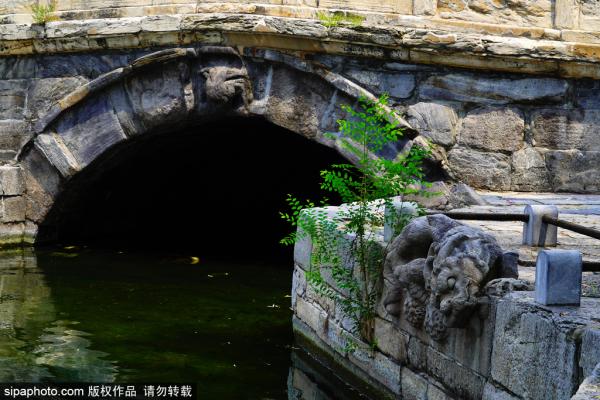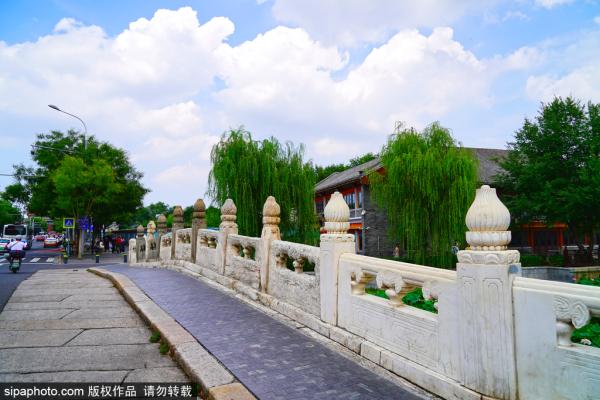Wanning Bridge (万宁桥)
The Wanning Bridge is the oldest bridge on Beijing Central Axis.

-
Tel:
No -
Best Time to Visit:
All year -
Duration:
30 minutes -
Admission:
Free Free -
Opening Hours:
All day
Description
Wanning Bridge (万宁桥)
The Wanning Bridge is the oldest bridge on Beijing Central Axis. Its location and function have remained unchanged for over seven centuries. The structure contains layered information from various periods of history and provides vital material evidence of the superimposed relationship of Beijing Central Axis between the Dadu of the Yuan dynasty and the capital of the Ming and Qing dynasties as well as moden China.
Location and Layout
The Wanning Bridge is located in the middle of Di...
Wanning Bridge (万宁桥)
The Wanning Bridge is the oldest bridge on Beijing Central Axis. Its location and function have remained unchanged for over seven centuries. The structure contains layered information from various periods of history and provides vital material evidence of the superimposed relationship of Beijing Central Axis between the Dadu of the Yuan dynasty and the capital of the Ming and Qing dynasties as well as moden China.
Location and Layout
The Wanning Bridge is located in the middle of Di'anmen Outer Street on the east side of Shichahai Lake and spanning the Yuhe River. Its location has remained the same since the Yuan dynasty.
Architecture and Landscape
The Wanning Bridge is a single arch stone bridge. It comprises the bridge, yanchi slabs, the Water-harnessing Beasts, and the Chengging upper water gate remains. There are 16 balusters on either side of the Wanning Bridge.
Each baluster is 1.6 meters tall, with a square-shaped body and a pomegranate-shaped capital. A carved stone panel fills the void between each baluster. On the yanchi slabs sits the Water-harnessing Beasts, allegedly one of the nine sons of the Dragon King named baxia. They symbolize the wish to contain the water and prevent it from overflowing the banks.
Functions and Traditions
The Wanning Bridge has been vital for north-south traffic since its construction in the Yuan dynasty. It is an important bridge connecting the city's north -south traffic, and the intersection between the Yuhe River and the Shichahal Lake area, where Beijing Central Axis joins the Grand Canal.
History and Development
The Wanning Bridge was first built using wood during the Zhiyuan reign of the Yuan dynasty (1264-1294) on the east side of the Jishuitan Lake (the present-day Shichahai Lake). Later, it was rebuilt with stones, with the Chengqing Water Gate added to the west of the bridge to adjust the water level of the Grand Canal for the passage of boats and ships for grain transporting. In 1924, the longitudinal slope of the bridge was lowered to build a tramway on Dilanmen Outer Street. In 1952, the river was culverted, and the bridge was buried. During an archeological excavation of the Yuhe River in 2000, the bridge was repaired, while the revetments were restored and the river was dredged. It is an important bridge connecting the city's north -south traffic.


